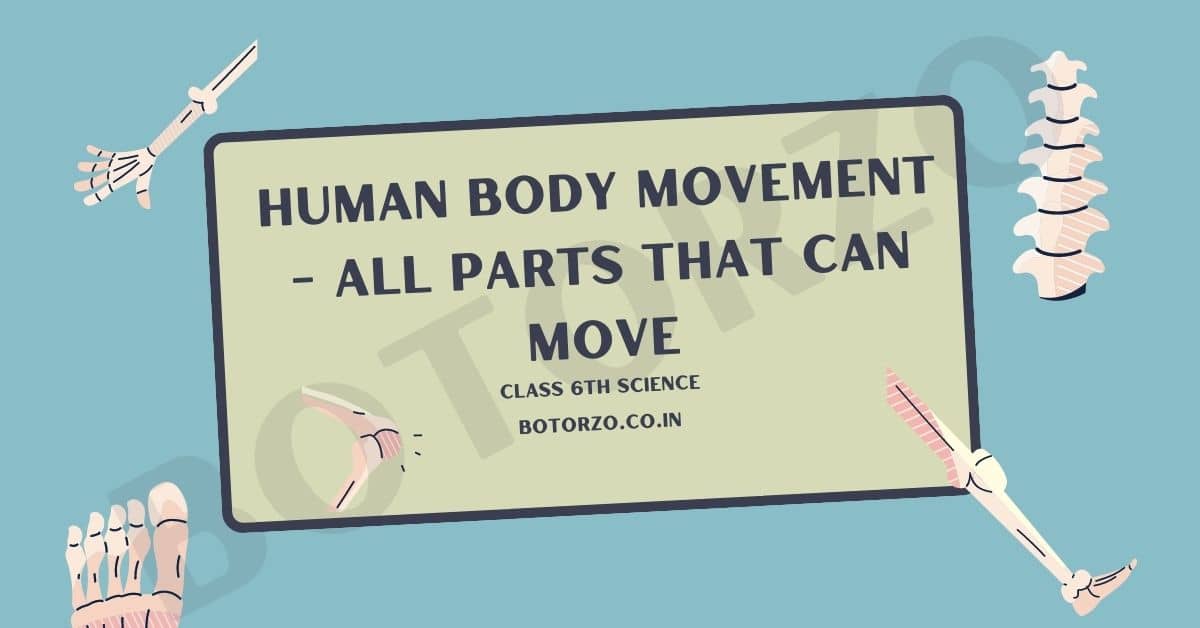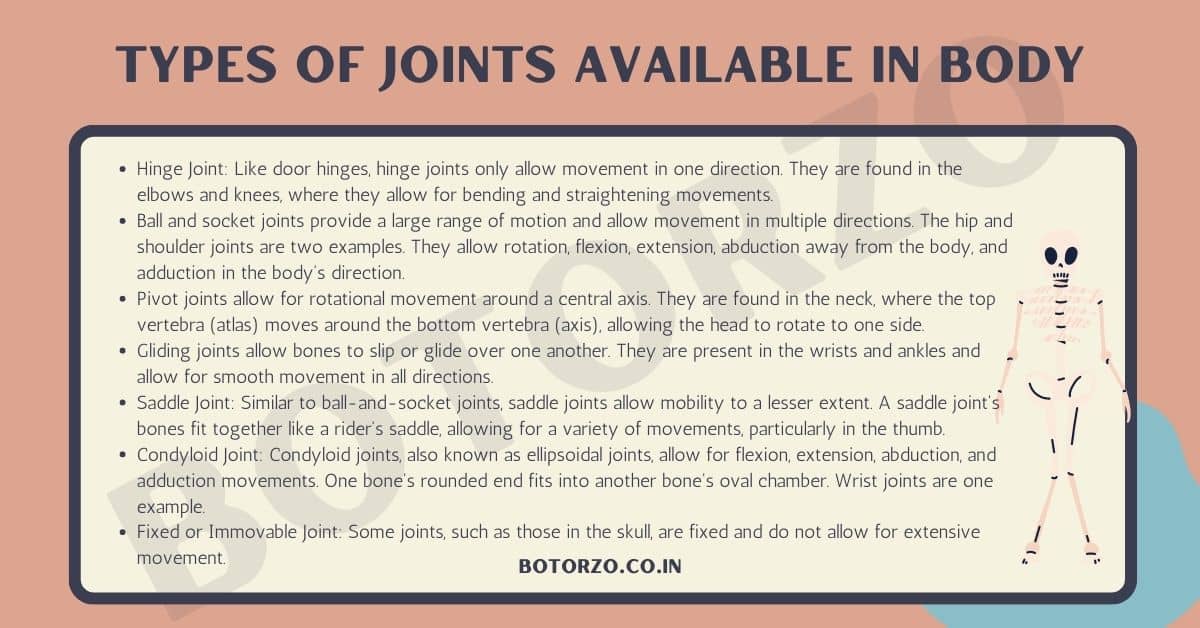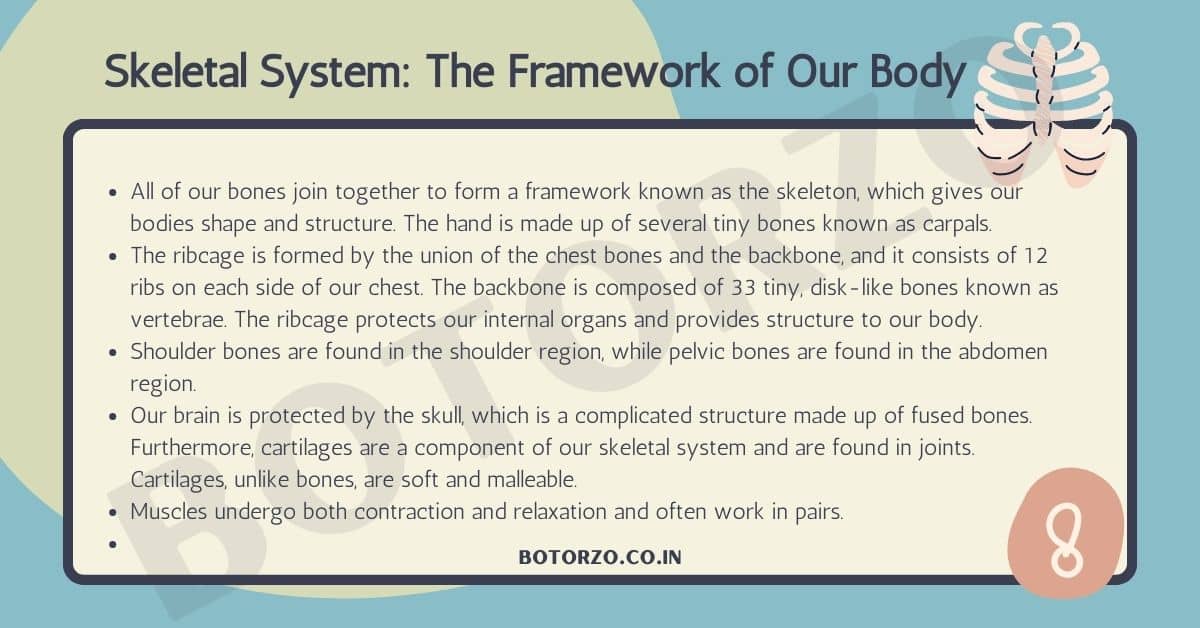
Body movement is a natural part of human existence. It is the precise orchestration of physical acts and postures that encourages people to interact with their surroundings and express themselves. Our people move intuitively from the moment we are born, waffling and adapting as we grow and learn. This dynamic interaction of muscles, bones, and nerves enables us to walk, talk, dance, and express a wide range of emotions without saying a single word.
Locomotion, the art of moving from one place to another that allows us to explore our surroundings, is at the heart of soul movement. Furthermore, gestures and facial expressions are important types of nonverbal communication, strengthening our interactions with others and improving our ability to communicate intentions and sentiments effectively.
Joints are the points on our body where two or more skeletal parts come together. These movements are possible because of the joints. The joints in our bodies allow us to perform a wide range of activities and movements.
Types Of Joints available In Body Movement
Listed below are a few types of joints in the human body and their functions:

- Hinge Joint: Like door hinges, hinge joints only allow movement in one direction. They are found in the elbows and knees, where they allow for bending and straightening movements.
- Ball and socket joints provide a large range of motion and allow movement in multiple directions. The hip and shoulder joints are two examples. They allow rotation, flexion, extension, abduction away from the body, and adduction in the body’s direction.
- Pivot joints allow for rotational movement around a central axis. They are found in the neck, where the top vertebra (atlas) moves around the bottom vertebra (axis), allowing the head to rotate to one side.
- Gliding joints allow bones to slip or glide over one another. They are present in the wrists and ankles and allow for smooth movement in all directions.
- Saddle Joint: Similar to ball-and-socket joints, saddle joints allow mobility to a lesser extent. A saddle joint’s bones fit together like a rider’s saddle, allowing for a variety of movements, particularly in the thumb.
- Condyloid Joint: Condyloid joints, also known as ellipsoidal joints, allow for flexion, extension, abduction, and adduction movements. One bone’s rounded end fits into another bone’s oval chamber. Wrist joints are one example.
- Fixed or Immovable Joint: Some joints, such as those in the skull, are fixed and do not allow for extensive movement.
| Type of Joint | Function | Part of Body Where Found |
|---|---|---|
| Hinge Joint | Enables movement in one direction (like a hinge). Allows flexion and extension. | Knees, Elbows |
| Ball-and-Socket Joint | Provides a wide range of motion. Allows movements like rotation, flexion, extension, abduction, and adduction. | Shoulders, Hips |
| Pivot Joint | Allows rotational movement around a central axis. | Neck |
| Gliding Joint | Permits sliding or gliding movements between bones. | Wrists, Ankles |
| Saddle Joint | Allows various movements similar to ball-and-socket joints but with less range. | Thumb |
| Condyloid Joint | Permits flexion, extension, abduction, and adduction movements. | Wrist |
| Fixed or Immovable Joint | Provides stability and protection to vital organs. | Skul |
Skeletal System: The Framework of Our Body

All of our bones join together to form a framework known as the skeleton, which gives our bodies shape and structure. The hand is made up of several tiny bones known as carpals.
The ribcage is formed by the union of the chest bones and the backbone, and it consists of 12 ribs on each side of our chest. The backbone is composed of 33 tiny, disk-like bones known as vertebrae. The ribcage protects our internal organs and provides structure to our body.
Shoulder bones are found in the shoulder region, while pelvic bones are found in the abdomen region.
Our brain is protected by the skull, which is a complicated structure made up of fused bones. Furthermore, cartilages are a component of our skeletal system and are found in joints. Cartilages, unlike bones, are soft and malleable.
Muscles undergo both contraction and relaxation and often work in pairs.
Conclusion

Finally, the human skeletal system is critical to moulding and supporting our bodies. It provides a robust framework of numerous bones, each of which has a specific role. Carpals are little bones found in the hand, while the ribcage, made up of chest bones and the backbone, protects and structures internal organs.
The backbone, which is made up of vertebrae, provides support and protects the spinal cord. Shoulder bones can be found in the shoulder region, and pelvic bones can be seen in the abdomen region. The skull, which is composed of fused bones, serves as a protective cover for the brain.
FAQ
What is the skeletal system?
The framework of bones supports the body, providing shape, support, and protection.
How many types of joints exist in the body?
Six types: hinge, ball-and-socket, pivot, gliding, saddle, and condyloid joints.
Where are hinge joints found, and what do they do?
Found In Knees And Elbows, Allowing Bending And Straightening Movements.
Explain ball-and-socket joints and their movements.
Present in hips and shoulders, enabling rotation and multiple directional movements.
What do pivot joints do, and where are they located?
Found in the neck, allowing rotational movement for head-turning.
How does the rib cage protect our organs?
Formed by the chest bones and backbone, it shields vital organs like the heart and lungs.
What Do Saddle Joints Do, And Where Are They Located?
Found In The Thumb, Allowing Versatile Thumb Movements.
Read More About Engineering from Engineeringadda.in

Comments are closed.